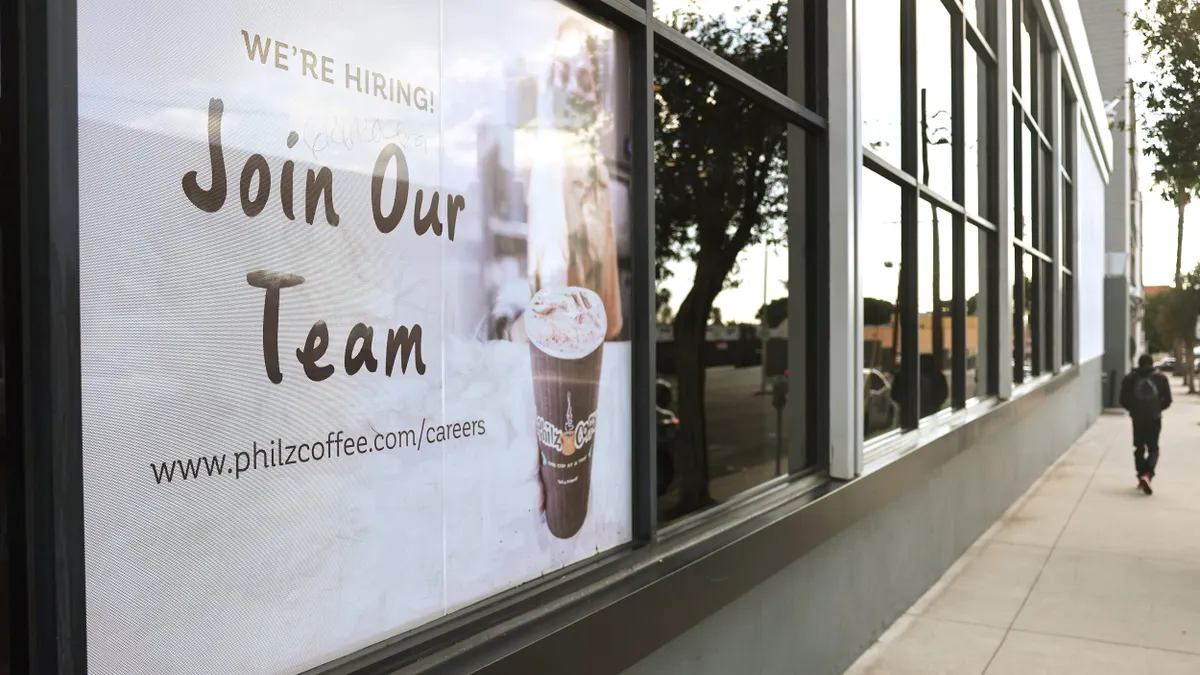WASHINGTON — In 1999, Jeff Stone, Christian I. Lynch, Mike Sjomeling and John M. Darley witnessed an unusual and illuminating phenomenon. The sociologists asked study participants to play some mini golf. One group of players was told their success would be indicative of natural athletic ability; the other group of players was told their performance would be indicative of “sports intelligence.” Within the natural athletic ability cohort, Black players outperformed White players. In the sports intelligence group, White players outperformed their Black peers.
Researchers attributed this to the “stereotype threat.” Psychologists Claude M. Steele and Joshua Aronson are credited with coining the term, which describes the psychological threat of confirming a negative stereotype about one’s social group. At the American Bar Association’s 2022 Labor and Employment Law Conference, the mini golf phenomenon was brought up to illustrate the ways in which worrying about stereotypes can harm an employee’s performance in the workplace.
James Céspedes of American Airlines, Jenevieve Frank of the National Labor Relations Board, Samantha C. Grant of Sheppard Mullin, Angela Robinson of Robinson Diversity Consulting, Jennifer Rubin of Decker and Rubin and Brenda Suttonwills of UCLA School of Law unpacked and expounded upon the rationale and effects of “covering and code-switching” during a session on the topic.
Rubin explained to the audience that the term “code-switching” came from linguistics, describing the switch between languages or dialects. Now, its use has expanded to describe changes individuals make to their appearance or behavior to “optimize the comfortability of the majority,” Rubin said. Throughout the session, the pervasive nature of this survival tactic was discussed — along with the rationale behind it.
“In exchange, you are granted better employment opportunities or fair treatment. That goes hand in hand with ‘masking’ or ‘covering,’ because by code-switching, you’re trying to conceal and hide what has been deemed undesirable,” Rubin said. The question, then, she said, is, “Who and what is determining what is ‘undesirable?’”
For example, Black workers are hypervigilant of being perceived as “lazy.” Rubin herself, as an Asian American attorney, is quite aware of the model minority myth, where people of Asian descent are seen as hardworking but “timid.”
“I try to be extra loud or aggressive in meetings. Once, somebody said that I’m a ‘dragon lady’ in court. That was supposed to be a compliment,” she said. “But it’s not. It’s the tendency to want to stereotype or categorize you — to put you in a box. Just view each individual as an individual.”
Panelists pointed to Kenji Yoshino’s 2006 book, “Covering: The Hidden Assault on Our Civil Rights.” “He realized that at a certain point, everybody who is underrepresented in the workplace — whether that person is a first-generation college attendee, whether they’re a person of color, whether they’re LGBTQ, anyway you slice it — they’re still masking. They’re still covering. It’s the response to the pressure to assimilate,” she said. “And when you look at statistics of leadership, statistics of who’s successful and statistics of who’s getting paid, you’re going to want to be like them, right?”
Céspedes said that recognizing where and when masking takes place is a start — especially since that process requires introspection for the employee and the employer. Attending panels on code-switching, like his, and reading books, like that of Yoshino, “gets you on that journey,” Céspedes said. The next step is getting buy-in “from the folks that hold the reins,” and creating the greatest possible trickle-down effect, he added.
Grant acknowledged that recognizing where masking happens isn’t always straightforward; it differs depending on the environment, she said. “I think all of us — with the exception of some straight White men over 50 — have to mask to some extent. We all have to decide when to speak up and when not to bring your full, authentic self to work … You never really, I don’t think, bring your full authentic self to work,” she said.
Employers can help by communicating that desire for authenticity and for diversity of perspective, Grant recommended.





















